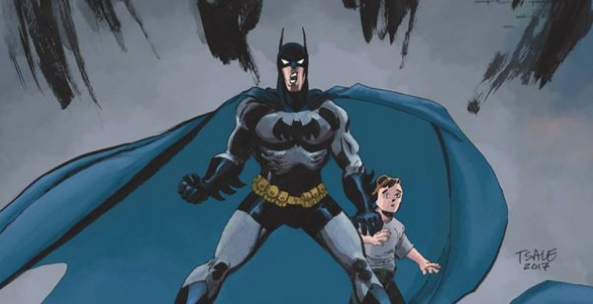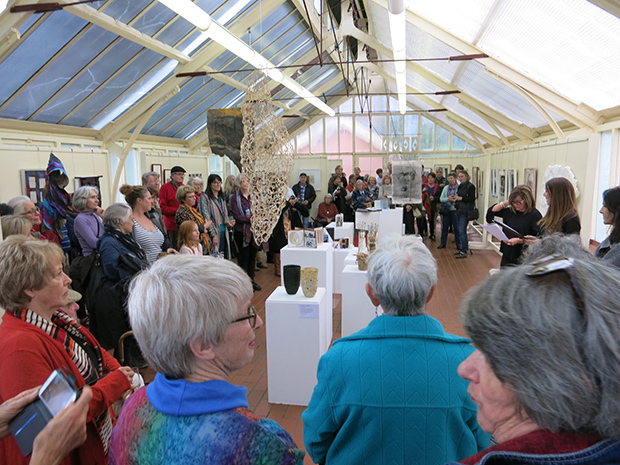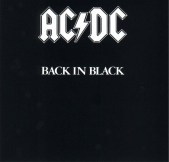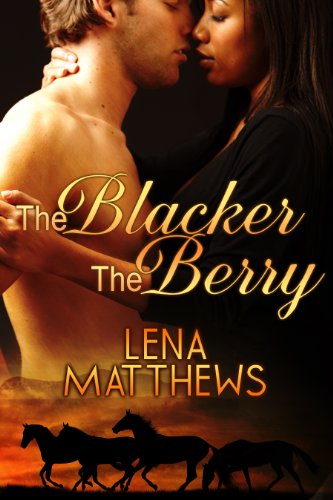By Patrick Ehlers

This article contains SPOILERS. If you haven’t read the issue yet, proceed at your own risk!

About halfway through Batman 38, Batman discovers a clue that leads him to Dennis O’Neil Avenue. Longtime Batman fans are going to recognize that name, but even relative neophytes are gong to pause at the specificity of that name. Outside of some of the biggest names of the last century — Martin Luther King Jr or John F Kennedy — you’re going to be hard pressed to find a figure who’s full name is up on a street sign. Hell, Chicagoans love Casimir Pulaski, but the north-south thoroughfare that bares his name is simply called “Pulaski Road.” (Though, hilariously, there’s also a brown placard below the street sign designating it “Honorary Casimir Pulaski Road.” It’s a weird town.) But writer Tom King’s use of O’Neil’s full name makes the creators influence on this issue explicit, just as the story itself leans in to one of O’Neil’s pet themes: the psychology of Batman.
O’Neil popularized the idea that Batman is the true identity and Bruce Wayne is the mask, and he is also credited with inventing Arkham Asylum. King and artist Travis Moore are dealing directly with both of these concepts, but interestingly pivot away from the supposed subject of O’Neil’s study. Batman is present throughout this story, actively investigating Matthew’s parents’ murder, but the psychology on display in this issue is Matthew’s. The kid has his butler call him “Master Bruce” — which makes for a bit of narrative confusion early on. The issue’s subtitle “The Origin of Bruce Wayne” only adds to this confusion: are we watching our Bruce in flashback, melding his loss with the fresh loss of some poor Gotham City orphan?
Moore keeps this page ambiguous, settling his camera on Matthew in a large wingback chair, and when he does swing wide enough to get Bruce in the shot, Matthew is obscured by the chair.

The parallel between Matthew and Bruce is so obvious it almost serves as a red herring. Of course, there’s another parallel that’s revealed when Batman figures out Matthew is behind his own parents’ murder: Tommy Elliott. Both Matthew and Tommy killed their parents to be more like Bruce Wayne, but King’s making an important distinction between “Master Bruce” and Hush — motivation. Tommy wanted his parents’ riches, which is perfectly acceptable motivation for committing a crime, but Matthew’s wants reveal a much darker and more impenetrable psychology at the heart of this character. It’s unclear whether Matthew derives strength from the opportunity to overcome the pain of losing his parents, or if the pain itself is the end he’s after. One thing’s for sure: he’s modeling his experience off that of Bruce Wayne, trying to manufacture the same character for himself that Bruce suffered and worked for.
Which brings me back to the question of influence. King makes his influence here intensely obvious: Denny O’Neil. Matthew does the same. The issue ends with Matthew making a thoroughly dismissive comment about what makes Bruce Wayne Bruce Wayne. Batman says “You’re just a sick kid with dead parents” (which, kinda harsh, don’t you think, Bats?), and Matthew quips back, “Well… yes… but… but what else is Bruce Wayne?” What do we make of that? Is King copping to being dismissive with Batman’s psychology? Or perhaps warning against imitation without understanding?

The conversation doesn’t stop there. What do you wanna talk about from this issue?
Advertisements Share this:




